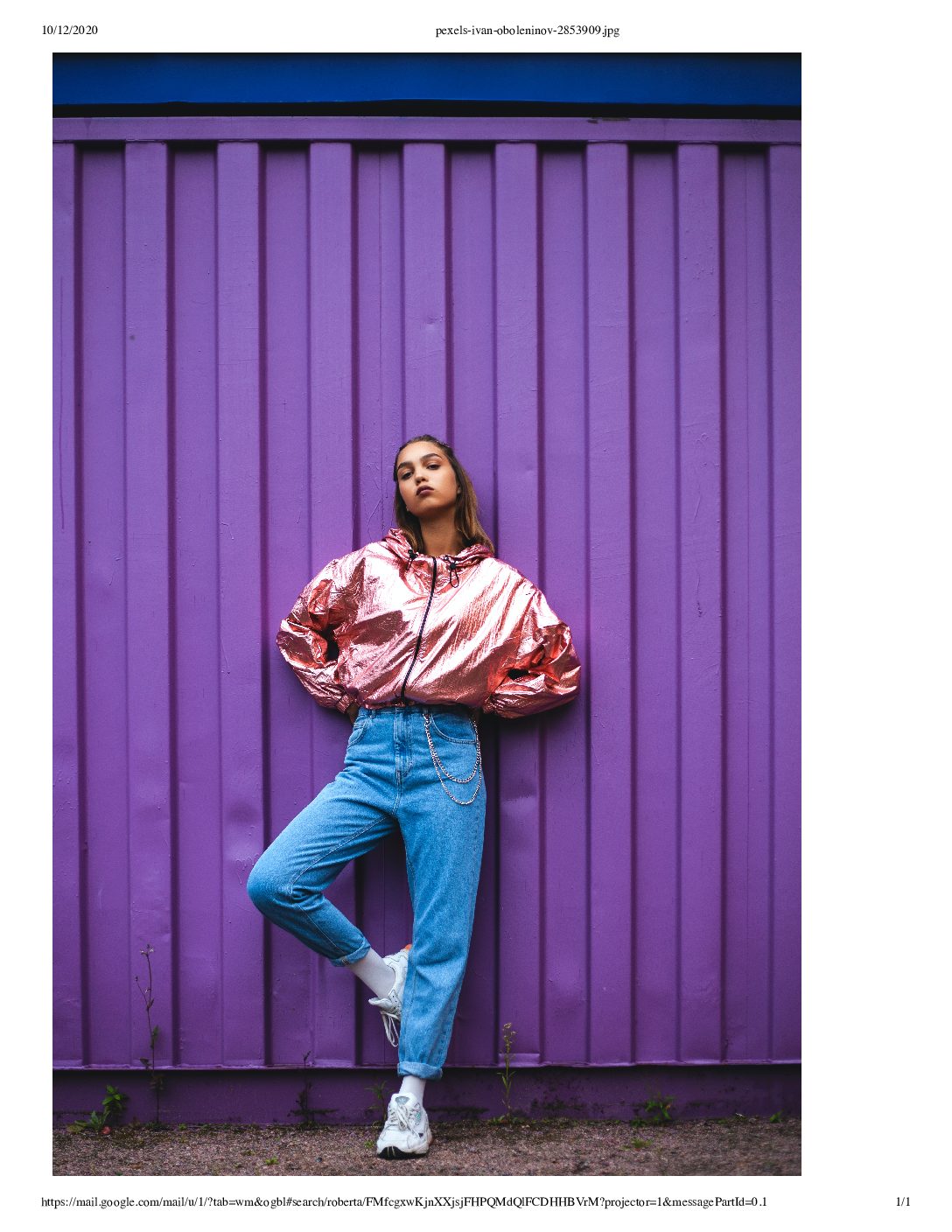The pandemic is known to have had a negative impact on fast fashion & retailing, affecting sales of several products in physical stores with record declines. At the same time, the clothing and accessories business of many brands began to operate more successfully via the Internet; and there has been a noticeable growth in local commerce with the flexibility of lockdown. The latter, far from the hustle and bustle of urban centers, offered more security and convenience to customers.
These aspects invite us to reflect on the effects of COVID-19 on fast fashion & consumers behaviour. Although we have lived with negative opinions which decreed the end of fashion at the start of the pandemic, since the deprivation of social cohabitation made it impossible to use many elements of our wardrobe and therefore deconstructed many. The sensory codes attributed to it, the signs of recovery in retailing give us other perspectives, which we will discuss below.
The effects of the pandemic on fashion consumption behaviour
Investing in rooms better suited to the home office is an example of these effects. There are still those who seek the alliance of comfort and sophistication in new acquisitions, so as not to cause problems of credibility for the professional image itself, nor of physical discomfort in the long working days remotely.
Clothing, accessories and makeup worn on a daily basis and on conference calls were frequently requested, showing that trend reports at the start of the pandemic which indicated minimal aesthetics, comfort and chic for these occasions were not wrong.
Revenge shopping, motivated by stress compensation for confinement, is also part of the effects of the current context. But their lifelong existence should be emphasised, as the pursuit of emotional relief often affects fashion consumer activities. The point is that this suppressed demand has generated benefits for the economy and for fashion retailing, which is showing signs of recovery in many countries.
However, some viewed such behaviour as extremely unnecessary and futile in the current scenario. These people have become very attached to the need for material detachment and are still getting rid of excess today. The sale of second-hand clothes, shoes and accessories, which supplies second-hand shops, is the result of all of this, besides the increase in the search for information on how to build a capsule wardrobe. .
The demand for second-hand items has also increased, which has led to the opening of new vintage online stores. The demand for sustainable fashion capable of minimising socio-environmental damage, which already existed before, has become even more important. To this same end, the hiring of image consultants, personal stylists and personal shopper has become more attractive and even a reality for many.
Demand for services and career transition in the image industry is growing
The restrictions imposed by the emergence of COVID-19 have not only had an impact on fashion consumption behaviour. For many, the moment has been the moment of resignation from their own identity and way of life, causing the need for image readjustment, whether on a personal, social and / or professional level.
Many find that using the services of a personal stylist, image consultant and personal shopper can offer invaluable advice in communicating image correlation strategies, creating directions in wardrobe reconstruction. and fashion consumption planning, in addition to an opportunity to experience greater self-knowledge and empowerment.
In addition, it is understood that these professionals are able to generate real savings in time and money, two very valuable advantages, especially in the current circumstances! Versatile solutions that make everyday clothing and accessories easier. If you are considering using these services in your area, or making a career transition, now is the right time to invest!
Text by Luiza Oliveira – Image Consultant and Personal Shopper trainer of our ESR Brazil unit.

